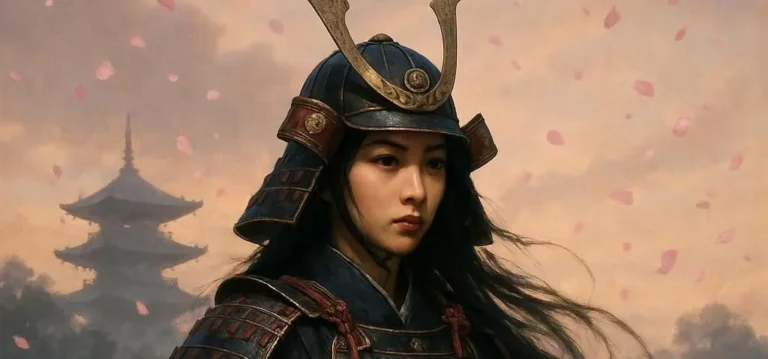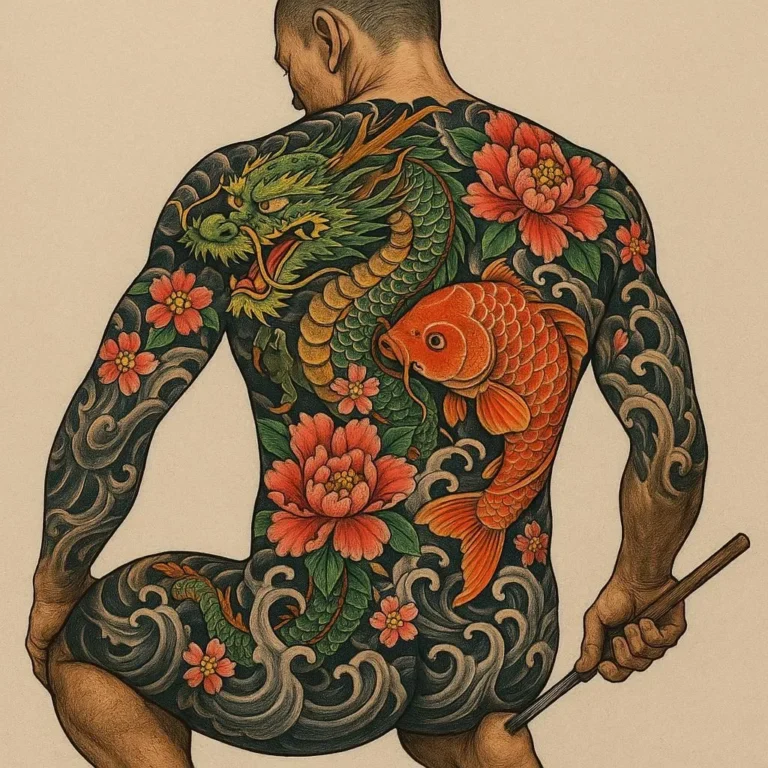506 views The Role of Shintoism in Shaping Japanese Customs
Shintoism, one of the oldest religions in the world, has played a profound role in shaping Japanese culture and customs. Rooted in ancient traditions and beliefs, Shintoism has influenced every aspect of Japanese life, from daily rituals to grand festivals, and from the way people interact with nature to the way they honor their ancestors. This blog post delves into the significance of Shintoism in Japanese customs, exploring its historical roots, key principles, and the ways in which it continues to shape modern Japanese society.
Understanding Shintoism
Before diving into the role of Shintoism in Japanese customs, it’s essential to understand what Shintoism is. Shintoism is a polytheistic religion that originated in Japan over 2,000 years ago. The term “Shinto” can be translated as “the way of the gods,” and it revolves around the belief in numerous divine spirits, known as *kami*. These *kami* are believed to inhabit all things, from natural elements like mountains, rivers, and trees to human-made objects and even concepts.
Shintoism is unique in that it doesn’t have a single founder, nor does it have a set of written scriptures or doctrines. Instead, it is based on oral traditions, rituals, and a deep connection with nature. The religion emphasizes harmony with nature, purity, and the cultivation of a sense of gratitude (*kansein *)for the blessings of the *kami*.
The Historical Roots of Shinto Customs
Shintoism has been woven into the fabric of Japanese culture for centuries, and its customs have evolved over time, influenced by various historical events and cultural exchanges. During the Meiji period (1868-1912), Shintoism was officially recognized as the state religion of Japan, further solidifying its role in shaping Japanese customs.
One of the most significant ways Shintoism has shaped Japanese customs is through the development of rituals and ceremonies. These rituals are often performed at shrines (*jinja*) and are designed to honor the *kami*, seek their blessings, and maintain balance and harmony in the world. Many of these rituals have been passed down through generations and remain an integral part of Japanese life today.
Shinto Customs and Rituals
1. The Rituals of Shinto
Shinto rituals, known as *gishi*, are at the heart of Shinto practice. These rituals are performed to communicate with the *kami*, express gratitude, and seek their protection. One of the most common rituals is the *misogi*, a purification ritual that involves cleansing the body and mind through the use of water. This ritual is often performed before entering a shrine or participating in a ceremony.
Another important ritual is the *norito*, a prayer recited by Shinto priests during ceremonies. These prayers are often accompanied by offerings such as food, sake, and sacred paper strips (*gohei*), which are believed to carry the prayers to the *kami*.
2. The Role of Shrines
Shinto shrines (*jinja*) are the focal points of Shinto worship and play a central role in Japanese customs. Shrines are dedicated to specific *kami* and are often located in areas of natural beauty, such as forests, mountains, and coastlines. Each shrine has a *torii*, a traditional gate that marks the entrance to the sacred area, and a *honden*, the main hall where the *kami* is enshrined.
Visiting shrines is a common custom in Japan, and many people visit shrines during special occasions such as the New Year (*Oshogatsu*), the Cherry Blossom Viewing (*Hanami*), and the Star Festival (*Tanabata*). Visitors to shrines typically perform a series of rituals, including bowing, clapping, and offering coins, to show respect and gratitude to the *kami*.
3. Festivals and Ceremonies
Shintoism is deeply connected to the many festivals and ceremonies that take place throughout Japan. These festivals, known as *Matsuri*, are a way of celebrating the *kami*, asking for their blessings, and strengthening community bonds. Many *Matsuri* are held to mark important events such as the changing of the seasons, the harvest, and the protection of the community from natural disasters.
One of the most famous Shinto festivals is the *Gion Matsuri*, held in Kyoto. This festival, which dates back to the 9th century, features elaborate floats adorned with traditional artwork and is held to appease the *kami* and pray for the eradication of diseases. Another well-known festival is the *Tenjin Matsuri* in Osaka, which honors the *kami* of learning and culture.
These festivals are not just religious events but also vibrant celebrations that showcase traditional Japanese music, dance, and art. They are a testament to the enduring influence of Shintoism on Japanese culture and customs.
The Influence of Shintoism on Japanese Etiquette
Shintoism has also had a profound impact on Japanese etiquette and social behavior. The emphasis on purity and cleanliness in Shinto rituals has translated into a cultural value system that prioritizes order, discipline, and respect for others. Many of the traditional customs and practices in Japan, such as the removal of shoes before entering a home or the use of chopsticks in a specific way, have roots in Shinto principles.
1. Respect for Nature
One of the core principles of Shintoism is the reverence for nature. This has led to a deep appreciation for the natural world in Japanese culture, as seen in the traditional Japanese garden, the tea ceremony, and the art of flower arrangement. The concept of *yamato damashii* (Japanese spirit), which emphasizes harmony with nature and simplicity, is deeply rooted in Shinto beliefs.
2. The Concept of Honne and Tatemae
In Japanese culture, there is a concept known as *honne* and *tatemae*, which refers to the distinction between a person’s true feelings (*honne*) and the face they present to the public (*tatemae*). This concept is influenced by Shintoism’s emphasis on maintaining social harmony and avoiding conflict. The idea is that one should present a polite and respectful exterior, even if it means concealing one’s true feelings.
3. The Role of Ancestors
Shintoism places a strong emphasis on the veneration of ancestors, a custom that has deeply influenced Japanese family values. The belief that the spirits of ancestors continue to watch over their descendants has led to the development of various customs, such as the *Obon* festival, during which families honor the spirits of their ancestors by lighting bonfires, performing dances, and offering food and flowers.
The veneration of ancestors is also reflected in the custom of keeping a family altar (*butsudan*) in the home, where offerings are made to the spirits of deceased family members. This practice is a way of maintaining a connection between the living and the dead, and it reinforces the importance of family bonds in Japanese culture.
Shintoism in Modern Japan
Despite the influence of modernization and globalization, Shintoism continues to play a significant role in contemporary Japanese society. Many Japanese people identify as Shintoists, and Shinto customs and rituals remain an integral part of daily life. The fact that Shintoism is often practiced alongside other religions, such as Buddhism, reflects the Japanese people’s tolerance and openness to different belief systems.
1. Shinto and Buddhism
Shintoism and Buddhism have coexisted in Japan for centuries, and many Japanese people practice both religions. This syncretic approach to religion is evident in the many shrines and temples that are located in close proximity to one another. The concept of *Shinbutsu shūgō*, or the fusion of Shinto and Buddhism, has led to the development of unique religious practices and customs that blend elements from both traditions.
2. Shinto and National Identity
Shintoism has also played a role in shaping Japan’s national identity. During times of national crisis, such as during the Meiji period and World War II, Shintoism was used as a tool to promote national unity and loyalty to the emperor. The emperor was considered to be a direct descendant of the sun goddess *Amaterasu*, and this divine connection was used to legitimize the imperial system.
While the role of Shintoism in national identity has been the subject of some controversy, especially in the post-war period, it remains an important part of Japan’s cultural heritage. The ongoing debate over the role of Shintoism in public life reflects the complex and evolving relationship between religion, culture, and identity in Japan.
Conclusion
Shintoism has had a profound and lasting impact on Japanese customs, shaping everything from religious rituals and festivals to social etiquette and family values. Its emphasis on harmony with nature, respect for ancestors, and the cultivation of purity has created a cultural landscape that is unique and deeply rooted in tradition.
As Japan continues to navigate the challenges of modernization and globalization, Shintoism remains a vital part of Japanese identity. It serves as a reminder of the enduring importance of tradition and the need to maintain balance and harmony in an ever-changing world. Whether through the vibrant *Matsuri* festivals, the serene beauty of Shinto shrines, or the everyday customs that reflect the principles of Shintoism, the influence of this ancient religion can be seen in every corner of Japanese society.
In conclusion, the role of Shintoism in shaping Japanese customs is a testament to the power of tradition and the enduring human quest to connect with the divine. By understanding and appreciating the customs and practices rooted in Shintoism, we can gain a deeper appreciation for the richness and complexity of Japanese culture.







